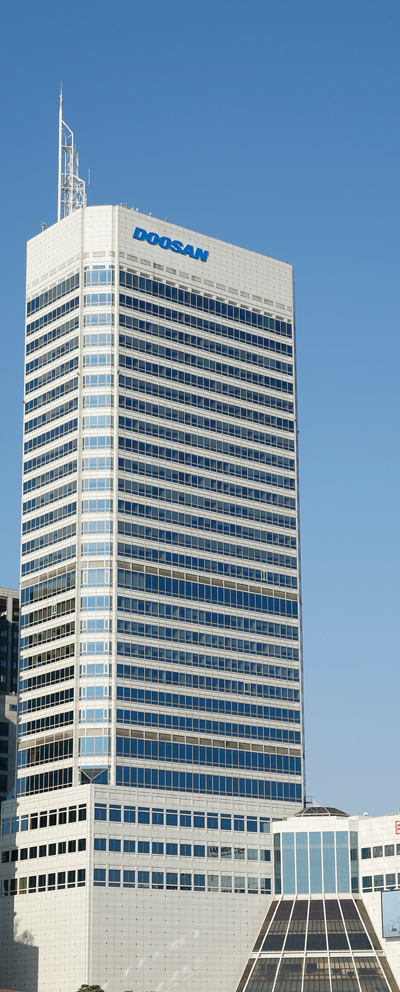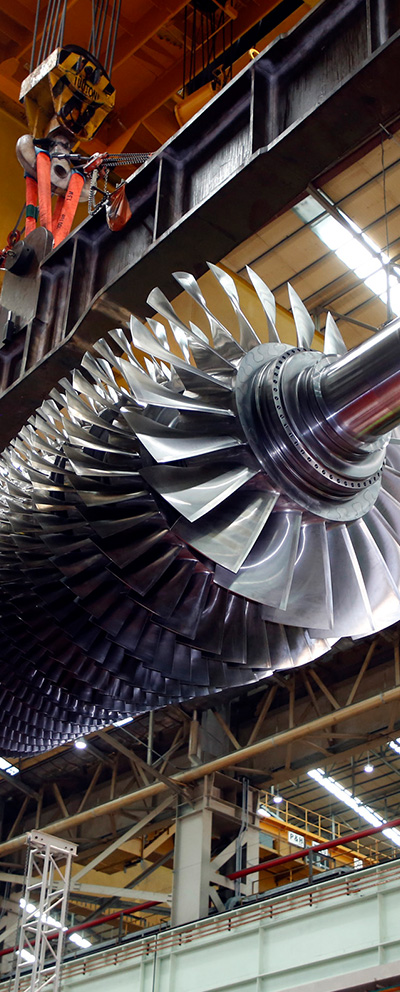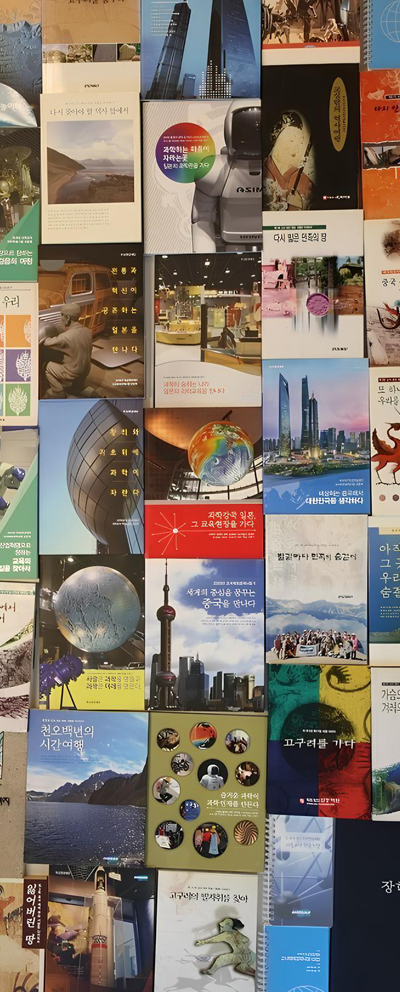
- Doosan Enerbility
- Doosan Bobcat
- Doosan Mottrol
- Doosan Fuel Cell
- Doosan Tesna
- Doosan Robotics
- Doosan Mobility Innovation
- Doosan Logistics Solutions
- Doosan H2 Innovation
- Doosan Investments
- Oricom
- Hancomm
- Doosan Magazine
- Doosan Bears
- Doosan Cuvex
- Doosan Corporation Electro-Materials BG
- Doosan Corporation Digital Innovation BU
- Doosan Corporation Retail BU
- Doosan Yonkang Foundation
- Doosan Art Center
- Doosan Business Research Institute


Press Release
- Cooperation to be pursued on the development and application of aircraft engines such as the 15,000 lbf engine
Doosan Enerbility is entering into a technology partnership with Korea Aerospace Industries (KAI) on the development of aircraft engines.
Doosan Enerbility announced on December 17th that it had signed the “Memorandum of Understanding on Strategic Partnership for Aircraft Engine Development” with KAI that day. In attendance at the signing ceremony which was held at Doosan Enerbility’s Changwon headquarters were key figures from both parties, including Goo-young Kang, CEO of Korea Aerospace Industries; Yeonin Jung, Vice Chairman and COO of Doosan Enerbility and Seungwoo Sohn, CEO of Doosan Enerbility’s Power Services Business Group.
With the signing of the MOU, the two companies will be cooperating in the following areas in alignment with the Korean government’s mid-to-long term plan for aircraft engine development – development of 15,000 lbf* engine for unmanned/ manned aerial vehicles, development of 10,000 lbf engine for unmanned aerial vehicles, and development of 100~500 lbf small-sized engines for multi-purpose unmanned aerial vehicles. Doosan Enerbility will be taking on the development of the aircraft engines, while KAI will be handling the development of the aircraft systems.
* 15,000lbf (15,000 pounds thrust, written as pounds-force or lbf)
As outlined in the mid-to-long term plan for aircraft engine development, the Korean government will be pursuing the goal of local manufacturing for aircraft engines and as such, will be aiming to secure the technology for developing 10,000 lbf engines for unmanned aerial vehicles and 15,000 lbf engines for aircrafts by the early ‘30s. Aircraft engines are key components that ultimately determine the performance of the aircraft. At present, only a handful of countries, such as the United States, United Kingdom, France and Russia, hold proprietary technology for developing such aircraft engines.
“Having Korea’s leading manufacturers of aircrafts and gas turbines team up together under a strategic partnership will have a huge synergic effect on Korea’s aircraft engine development,” said KAI’s CEO Goo-young Kang. “We aim to successfully apply a phased approach to the local manufacturing of aircraft engines to ultimately enhance the competitiveness of exports in our K-defense industry.”
Doosan Enerbility’s Vice Chairman Yeonin Jung remarked, “Doosan Enerbility is drawing on its technological expertise and know-how accumulated over the years from developing gas turbines for power plants to actively embark on the development of aircraft engines.” He added, “Through this partnership, we aim to increase our technological prowess and contribute to realizing the local manufacturing of aircraft engines and expand into the global market with our locally made aircrafts.”
As a participating member of the Agency for Defense Development-led project involving the 10,000 lbf engine development for unmanned aerial vehicles, Doosan Enerbility is currently in charge of “the engine layout design and components analysis,” and “the production and post-processing of turbine vane/ blade castings.” Gas turbines for power plants and aircraft engines share the same underlying technology, and the structure and operating mechanism are similar as well. Depending on its intended use, the difference between the two lies in that gas turbines for power plants usually require high-efficiency and product security, while aircraft engines require high-power and lightness of product.
▲KAI CEO Goo-young Kang (on the left) and Doosan Enerbility COO Yeonin Jung pose for a photo after signing the “MOU on Strategic Partnership for Aircraft Engine Development” at Doosan Enerbility’s Changwon headquarters on Dec 17.
▲KAI CEO Goo-young Kang (5th from the left) and Doosan Enerbility COO Yeonin Jung (6th from the left) pose for a group photo with related parties after signing the “MOU on Strategic Partnership for Aircraft Engine Development” at Doosan Enerbility’s Changwon headquarters on Dec 17.















